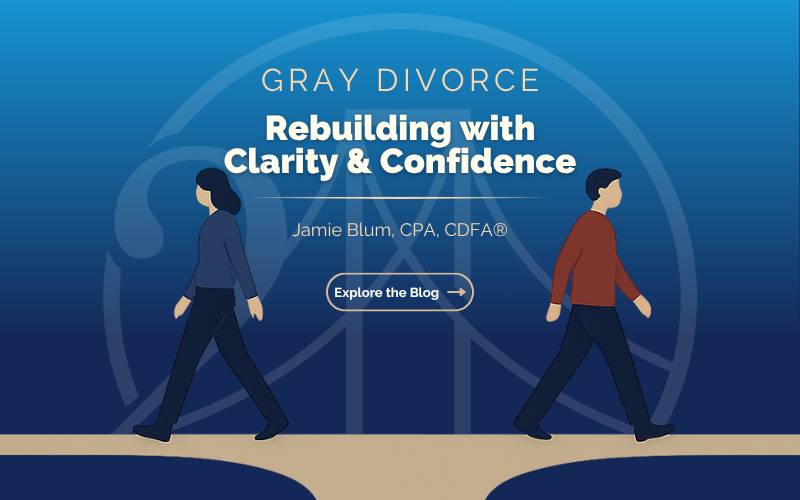Considerations for Defined Benefit Plans in Divorce
Dividing assets during a divorce is often complex, especially with specialized assets like annuities. Whether an annuity was purchased for retirement or as a structured settlement, it’s crucial to understand how to divide it fairly in a divorce settlement. This guide explores the key steps and considerations for handling annuities during divorce to ensure an equitable outcome.
Understanding Annuities in Divorce
An annuity is a financial product designed to provide regular payments over a period of time, often as a retirement income source. Annuities vary widely in structure, which affects how they are divided in divorce. Common types include:
- Fixed Annuities: Offer guaranteed payments over time.
- Variable Annuities: Payments vary based on investment performance.
- Immediate Annuities: Payments start shortly after purchase.
- Deferred Annuities: Payments begin at a future date.
When an annuity is purchased during a marriage, it may be considered marital property and therefore subject to division in a divorce. However, annuities acquired before marriage or through inheritance may be classified as separate property, depending on state laws.
Key Steps for Dividing an Annuity in Divorce
Handling annuities during a divorce involves several crucial steps:
- Determine Ownership
First, determine if the annuity is marital or separate property. If the annuity was bought during the marriage, it’s likely to be considered marital property. However, if it was acquired before marriage or inherited, it may be separate property, potentially exempt from division. - Valuation
Calculating the annuity’s current value is essential for fair division. Since annuities involve future payments, they’re often valued by discounting future cash flows to present value. Financial professionals can assist in this process to ensure the valuation is accurate. Factors that influence value include interest rates, payment terms, and the annuity’s type. - Choose a Division Method
Several options exist for dividing an annuity, and the method depends on both the annuity’s structure and the preferences of both spouses:- Splitting the Annuity: Some annuities can be divided into separate accounts, with each spouse receiving a portion of the payments. This may involve establishing separate interests within the annuity or transferring it into a joint policy, which allows both spouses to share the benefits.
- Offsetting the Value: If splitting is not feasible, the annuity’s value can be offset by dividing other assets. For instance, if one spouse retains the entire annuity, the other spouse might receive assets of equivalent value, like real estate or other investments. This approach simplifies the division and avoids ongoing financial connections.
- Using a QDRO (Qualified Domestic Relations Order)
For certain types of retirement-related annuities, a QDRO may be required to divide the annuity without incurring tax penalties. A QDRO outlines how the annuity will be split, ensuring each spouse receives their portion in a tax-compliant way. This is often relevant for employer-sponsored annuities or pension-linked accounts. - Tax Considerations
Annuities may be taxed as income when paid out, which can impact how they’re divided. If one spouse is to receive future annuity payments, the associated tax implications should be carefully considered in the settlement. Addressing tax concerns upfront can prevent unexpected liabilities later on.
Common Challenges and Disputes in Dividing Annuities
Due to their complexity, annuities often become points of contention during divorce. Some common disputes include:
- Valuation Disagreements: Determining an accurate value can be contentious if one spouse believes the annuity has been over- or undervalued.
- Misunderstanding Terms: Annuities come with specific terms, such as early withdrawal penalties or transfer restrictions, which may not be fully understood by both parties. Misinterpretation of these terms can lead to disagreements.
- Tax Implications: Dividing an annuity can have tax consequences, which may create an unexpected burden if not addressed in the settlement. Ensuring both spouses are aware of potential tax liabilities can help avoid conflicts.
Dividing annuities in divorce requires careful planning and attention to detail. Consulting professionals, such as a financial advisor and an attorney with experience in divorce and family law, can be invaluable in this process. These experts can help with annuity valuation, clarify terms, and address tax implications, ensuring a fair and equitable division.
Divorce settlements are unique, and dividing annuities should be approached thoughtfully to reflect the specific circumstances of each marriage. Taking time to understand the options and potential pitfalls can help both parties make informed decisions, setting the stage for a financially secure future.
About Argent Bridge 2 Divorce: Argent Bridge 2 Divorce is a leading provider of divorce financial planning services, dedicated to guiding individuals through the financial complexities of divorce with personalized strategies and unwavering support. With a team of experienced CDFA® professionals and a commitment to client-centric solutions, Argent Bridge 2 Divorce empowers clients to bridge the gap between their current financial situation and the secure future they envision.




